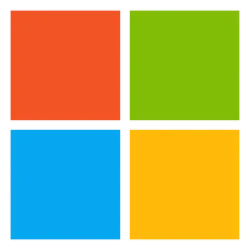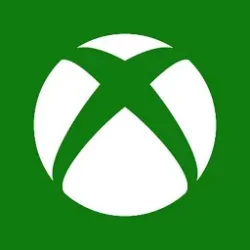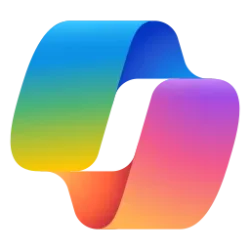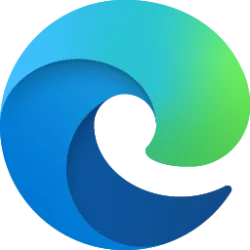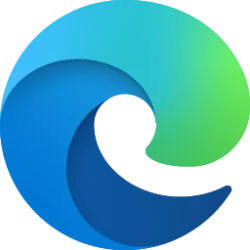Windows IT Pro Blog:
Developers and product teams of apps and management tools handling update experiences can now sign up for the private preview for the Windows Update orchestration platform.
Updates across the Windows ecosystem can feel like a fragmented experience. To solve this, we're building a vision for a unified, intelligent update orchestration platform capable of supporting any update (apps, drivers, etc.) to be orchestrated alongside Windows updates.
Let's dive into why we're building a Windows-native update orchestration platform to support all updates on Windows, how the platform works, and how you can sign up for the preview to take advantage of this capability for your app or management tool.
Why we built the Windows Update orchestration platform
Today, line-of-business apps, Windows components, Visual Studio, and other products are updated independently. There are costs to create, maintain, and improve your update orchestration. And, with dozens of applications using their own update mechanisms, users have fragmented experiences, and IT teams have to work to align policies and operational tasks. This can lead to:- CPU and bandwidth spikes when the device is in use.
- Confusing or conflicting notifications.
- Missed compliance deadlines.
- Added support costs.
Key benefits of onboarding
Developers and product teams that onboard their updates to the orchestrator can take advantage of the following benefits:- Eco-efficient scheduling: Updates are intelligently deferred based on user activity, system performance, connection to AC power, and sustainable times to update.
- Simplified notification experience: Updates for apps will be able to use native Windows Update notifications, allowing for a seamless and coherent experience without having to build update notifications yourself.
- App update history: The update history for apps can be viewed in Settings, giving users a centralized location to see this information.
- Admin policy support for deadlines: Your app or management tool can support admin policy management for deadlines and notifications without having to build these out yourself.
- Streamlined troubleshooting: Users can consult a single set of logs and diagnostic data for all updates.
- Support for common app packaging types: The orchestrator will support MSIX/APPX and apps with custom implementation such as Win32 apps.
- Automatic future enhancements: Products onboarded to the Windows Update orchestrator will automatically get future improvements and capabilities.
How the platform works
Apps or management tools that are part of the preview will be able to access the Windows Update orchestration platform through a set of Windows Runtime (WinRT) APIs and PowerShell commands. These APIs and PowerShell commands will enable the installer of your app or management tool to:- Register with the orchestrator as an update provider. During registration, you provide the path to an executable file that contains the logic to scan for new updates, which the orchestrator will run on a regular basis.
- Tell the orchestrator about updates that need to be scheduled for installation. The APIs define an interface through which you tell the orchestrator information about your update. This includes configurations such as:
- The update title and version.
- The update packaging type.
- The installation deadline on managed devices.
- Whether the update requires a device restart to complete installation.
If your app has custom implementation and is not packaged as an MSIX or APPX app (e.g., Win32 app), you can provide the orchestrator with additional information such as:- Executable files for downloading and installing your application, which the orchestrator will run at optimal times.
- Executable files for closing processes that block app installation and relaunching them after installation.
From there, the orchestrator takes care of intelligently scheduling the download and installation of your update while displaying notifications when user action is needed. - Tell the orchestrator about the success or failure of the scan, download, and install actions that it scheduled. If the scan, download, or install actions fail, the action will be rescheduled by the orchestrator. If the action succeeds, the orchestrator proceeds with scheduling the next action or marking the update as completed.
Join the private preview
Are you a developer or member of a product team who builds apps or management tools for updates? Join the private preview to be the first to access these capabilities by onboarding your product's installer via APIs. For more information or to join the private preview, please contact unifiedorchestrator@service.microsoft.com. Source:

Introducing a unified future for app updates on Windows - Windows IT Pro Blog
Developers of apps and management tools handling updates can join the Windows Update orchestration platform preview.

